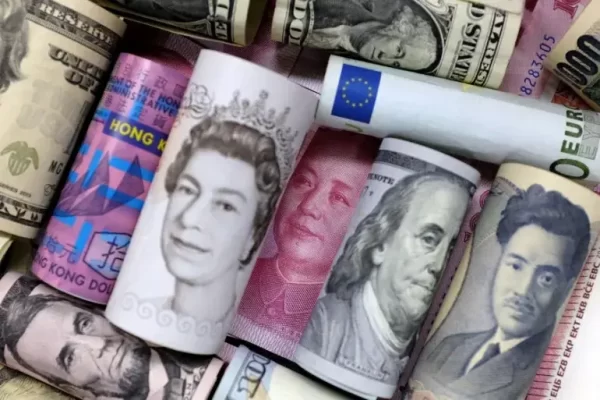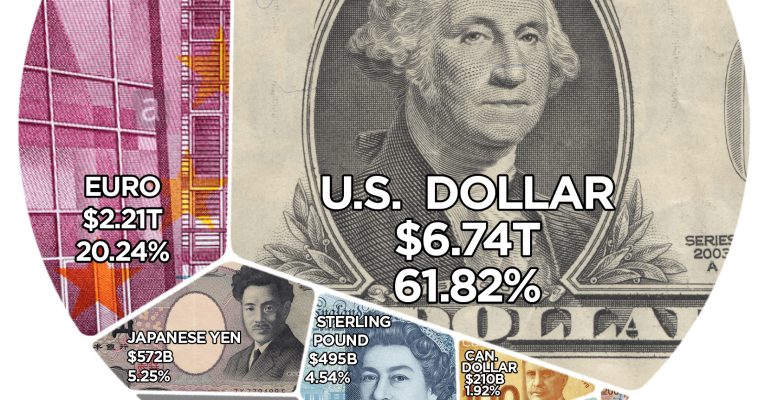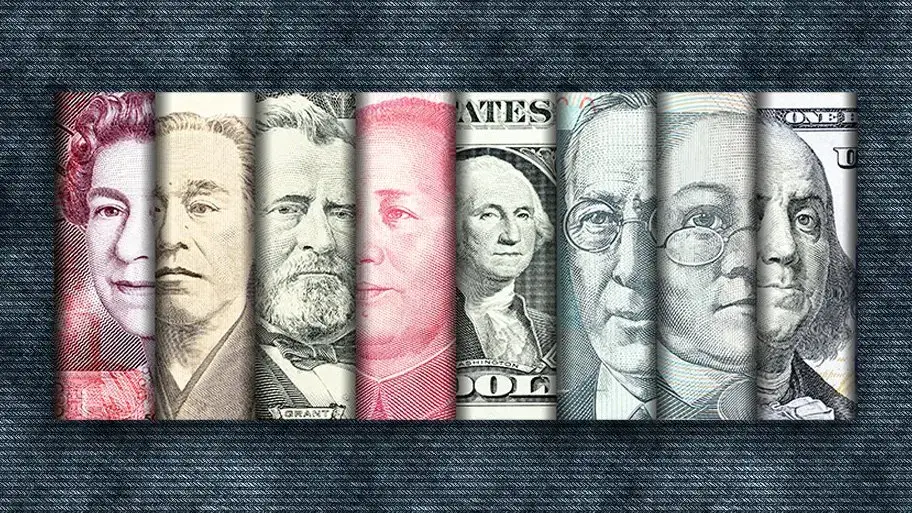A Brief Examination of Global Reserve Currencies Throughout History
Contrary to popular belief, the history of global reserve currencies does not support the idea that the US dollar is simply the latest in a line of currencies to hold this status.
The role of the US dollar in the global system of trade and capital flows is unparalleled due to the exceptional position of the US economy in the world.
Before the dominance of the US dollar, trade settlements were often conducted in gold or silver. The acceptance of a currency as a major trade currency depended on the credibility of its convertibility into gold or silver.
This created a different set of conditions compared to the current system. Where trade is denominated in the US dollar.
The US economy plays a unique role in absorbing global savings imbalances. Surplus countries direct a significant portion of their excess savings into the US and other anglophone economies.
This enables surplus countries to implement mercantilist policies, suppressing domestic demand to enhance manufacturing competitiveness.
Under gold and silver standards, trade imbalances had different implications. Small imbalances were manageable, but large, persistent imbalances put downward pressure on global reserve currencies demand.
In contrast, under the current system, trade imbalances lead to capital flows, with surplus countries exporting savings to the US.
You may also like: Federal Reserve to Pause Rate Hike, But Signals Future Increases
The Future of Global Reserve Currencies

The end of dollar dominance would require a transformation of the structure of global trade. It would involve the reduction of large trade and capital flow imbalances and the abandonment of mercantilist policies.
While a shift away from the US dollar as the dominant reserve currency would bring changes to the global economy, it is uncertain when and how this transition will occur.
The history of global reserve currencies does not support the idea of a continuous cycle of currency replacements. The US dollar’s role in the global system is unprecedented due to the unique position of the US economy.
Trade settlements in gold and silver created different conditions compared to the current dollar-based system. The end of dollar dominance would require significant changes in the structure of global trade and a transformation of the global economy.

What are the Global Reserve Currencies?
Reserve currencies, on a scale are currencies that governments and institutions hold in amounts as part of their foreign exchange reserves. The US dollar (USD) is the predominant reserve currency with the Euro (EUR) the Japanese yen (JPY) and the British pound sterling (GBP) following suit.
These currencies have usage in transactions, investments and play a role in influencing exchange rates and monetary conditions. Their status, as reserve currencies is attributed to their stability, reliability and the economic strength of their issuing countries, which greatly facilitate trade and financial transactions.
Can Bitcoin Become a Global Reserve Currency?
The potential of Bitcoin to become a reserve currency on a scale is a topic that sparks discussion. Its decentralized nature, supply and worldwide accessibility make a case, for its inclusion as a reserve asset.
However there are challenges that need to be addressed such as its volatility, regulatory concerns and the lack of widespread acceptance in mainstream finance. In order for Bitcoin to be considered a reserve currency it would require adoption, regulatory clarity and stability.
While it’s a possibility considering at present Bitcoin mostly functions as a speculative asset or digital gold rather, than fulfilling the traditional roles of a reserve currency.





